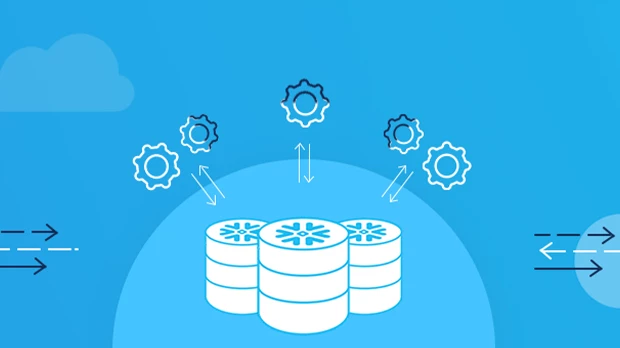
Image Source: Google
Snowflake and Looker are two powerful tools in the world of data analytics. Snowflake is a cloud-based data warehousing platform that allows organizations to store and analyze large volumes of data, while Looker is a business intelligence software that helps users visualize and understand their data.
When these two tools are integrated, they create a powerful combination that can help organizations make better data-driven decisions. If you are looking to integrate Snowflake and Looker which can empower businesses to unlock the full potential of their data, you may browse this site.
Benefits of Snowflake Looker Integration
1. Unified Data Analytics Platform
- Integrating Snowflake and Looker creates a unified data analytics platform that allows users to easily access and analyze data from one centralized location.
- Users can run complex queries on the data stored in Snowflake directly from Looker, eliminating the need to switch between different tools.
2. Real-Time Data Insights
- With Snowflake Looker integration, organizations can gain real-time insights into their data, helping them make timely and informed decisions.
- Looker's powerful visualization tools combined with Snowflake's fast querying capabilities enable users to analyze data quickly and efficiently.
3. Scalability and Flexibility
- Both Snowflake and Looker are designed to be highly scalable and flexible, allowing organizations to easily expand their data analytics capabilities as their business grows.
- Integrating these two tools ensures that organizations can scale their data infrastructure and analytics processes without facing any limitations.
How to Integrate Snowflake and Looker
1. Set up Snowflake Account
- First, create a Snowflake account or use an existing one if you already have one set up.
- Set up your Snowflake data warehouse and ensure that it is properly configured to store and manage your data.
2. Configure Looker Connection
- Next, configure the connection between Looker and Snowflake by providing the necessary credentials and connection details.
- Make sure to grant the required permissions to Looker to access and query data stored in Snowflake.
3. Create Looker Data Models
- In Looker, create data models that define how your data is structured and how it should be queried and visualized.
- Map the data models to the tables and views in your Snowflake data warehouse to enable seamless data access and analysis.
Use Cases of Snowflake Looker Integration
1. Sales and Marketing Analytics
- Integrating Snowflake and Looker can help sales and marketing teams analyze customer data, track campaign performance, and identify opportunities for growth.
- By combining data from various sources in Snowflake and visualizing it in Looker, organizations can gain valuable insights to optimize their sales and marketing strategies.
2. Financial Reporting and Analysis
- Finance teams can leverage Snowflake Looker integration to streamline financial reporting processes, analyze revenue trends, and generate financial insights in real-time.
- Looker's customizable dashboards and reports combined with Snowflake's data warehousing capabilities enable finance professionals to make data-driven decisions with ease.
3. Operational Efficiency and Performance Monitoring
- Organizations can use Snowflake Looker integration to monitor operational performance, track key performance indicators (KPIs), and optimize business operations.
- By visualizing operational data in Looker and performing real-time analysis on data stored in Snowflake, organizations can improve efficiency and make informed decisions to drive business growth.